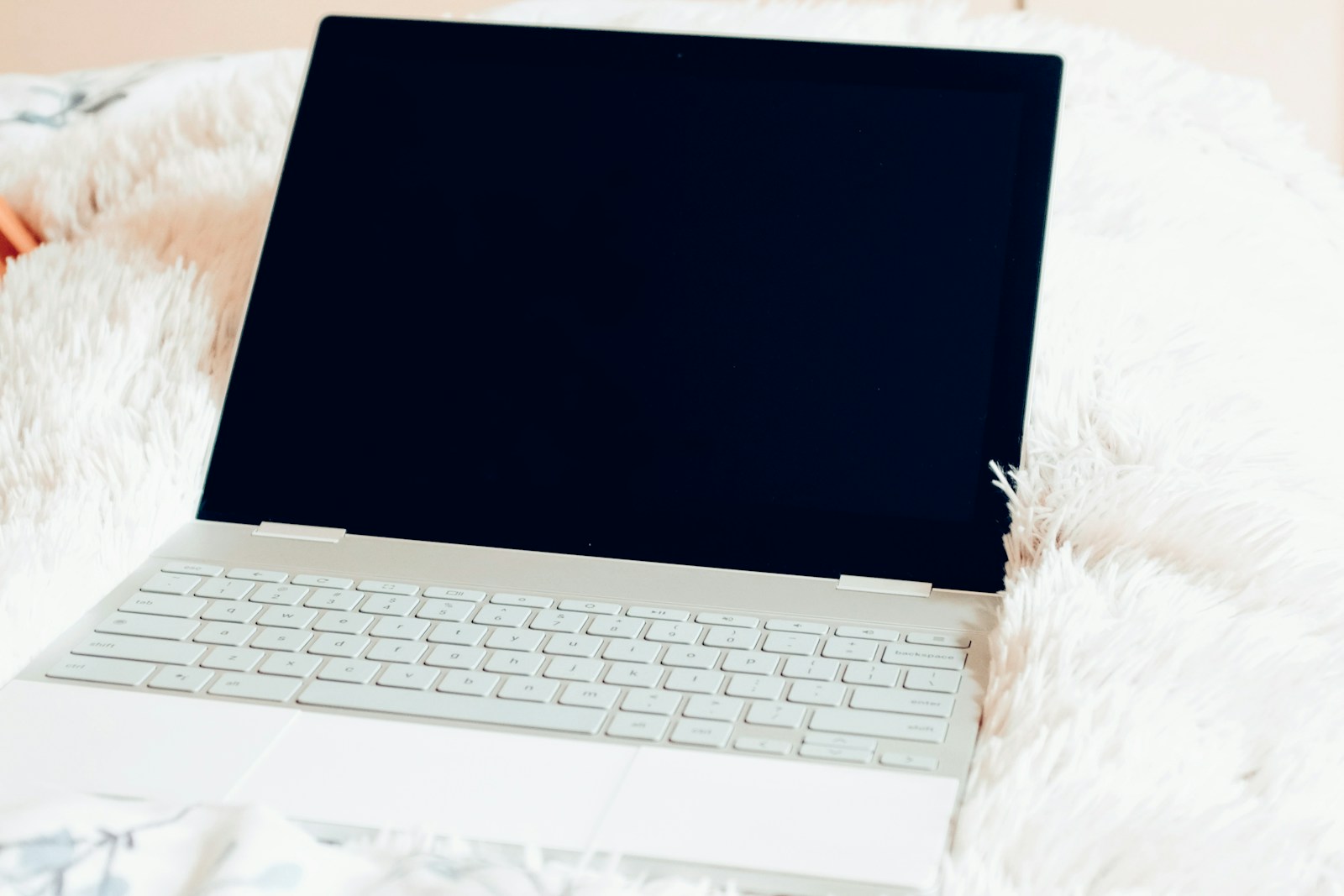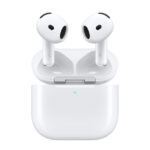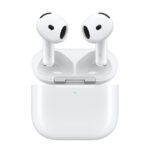A blank or black Chromebook display almost always looks worse than it is. ChromeOS usually protects itself by powering the screen off when it senses a problem, so the issue is often reversible at home. Below is a step-by-step playbook that walks from the fastest fixes to the rare hardware scenarios, weaving in tips straight from Google’s own Chromebook engineering notes and repair depots. Follow the list in order—most users never need to reach the technical steps at the end.
1. Rule Out Power and Peripherals
- Check the charging LED – If it’s dark, your battery may be at 0 %. Plug the charger into a different outlet and wait five minutes before trying to boot.
- Tap the brightness-up key – On some models the screen can dim to black without the keyboard backlight turning off.
- Disconnect everything – Remove USB drives, SD cards, HDMI cables, even wireless dongles. A corrupted external device can stall the boot sequence and keep the display off.
2. Perform a Soft Reset (30 seconds)
- Press and hold Refresh ↻ + Power for 10 seconds.
- Release both keys; your Chromebook should restart and the screen should light up.
- No luck? Unplug the charger, hold Power alone for 30 seconds (an “EC reset” that drains residual charge from the embedded controller), then reconnect power and boot.
3. Toggle Display & Sleep Sensors
- Mirror-mode shortcut – Tap Ctrl + Full screen ( ▢ ) once or twice; ChromeOS may be sending output to an imaginary second monitor.
- Lid sensor reset – Close the lid fully, wait 10 seconds, then open it past 120 °. A mis-aligned hall sensor sometimes leaves the panel in permanent sleep.
4. Boot Into a Clean Software State
- Press Esc + Refresh ↻ + Power to reach the Recovery screen, then choose Advanced Options → Continue without reinstalling. If the screen works here, the OS image isn’t corrupted.
- Sign into Guest Mode. A working display in Guest points to a bad profile or extension; remove the most recent Chrome extensions from your main account.
- If the screen stays dark until the backlight briefly flashes, complete a Powerwash (factory reset) from settings after backing up Drive files. Software glitches introduced by failed updates can block the GPU driver until a reset.
5. Inspect for Simple Hardware Faults
- Backlight test – In a dark room shine a flashlight at an angle against the panel. A faint desktop image means the backlight inverter or ribbon cable has come loose, both inexpensive repairs.
- Loose display cable – Convertibles and detachables can pinch the LVDS/eDP cable near the hinge. A technician can reseat it in ten minutes.
- Overheating cut-off – Chromebooks throttle, then shut the panel off around 95 °C. Use on a hard surface and blow compressed air through the vents to clear dust bunnies.
6. Advanced Recovery (Last Resort Before Professional Help)
- On another computer, create a recovery USB with the Chromebook Recovery Utility.
- Insert it, press Esc + Refresh ↻ + Power to enter Recovery, and flash a fresh ChromeOS image.
- If the screen still stays black after reflashing, the issue is almost certainly physical—typically the display panel, the logic board’s GPU rail, or a failed firmware chip.
7. When to Seek Professional Repair
- Visible cracks, colored vertical lines, or liquid spots under the glass
- Backlight glows but the image is garbled or frozen after every reboot
- Hard resets and recovery USBs leave the display completely unresponsive
Keeping ChromeOS updated, avoiding heavy pressure on the lid, and storing the laptop in a snug sleeve all reduce the odds of another black-screen scare.
Key Takeaways
- Hard reset your Chromebook by holding the refresh key and power button for 10 seconds to fix most black screen issues.
- Check battery charge and disconnect external devices as these are common causes of display problems.
- Update Chrome OS and inspect for dust or hardware issues if simple fixes don’t resolve the black screen.
Initial Troubleshooting Steps
When your Chromebook screen goes black or won’t turn on, you can usually fix the problem yourself with some simple steps. These basic troubleshooting methods often solve most screen issues without needing technical help.
Assessing the Power Status
First, check if your Chromebook has enough battery power. Connect your charger and look for any charging indicator lights. A completely drained battery might need at least 30 minutes of charging before the screen will turn on.
Make sure your power adapter is properly connected at both ends. Try a different outlet or different charger if available to rule out power supply problems.
Look for any subtle signs of life on your device, such as:
- Power indicator lights
- Fan noise
- Keyboard lights
- Warming of the device
If your Chromebook feels hot, it might be overheating. Place it in a well-ventilated area and let it cool down for 30-40 minutes before trying again. Overheating can trigger automatic shutdown to prevent damage.
Performing a Hard Reset
A hard reset often fixes an unresponsive black screen without losing your data. To perform a hard reset:
- Turn off your Chromebook completely (don’t just close the lid)
- Press and hold the Refresh key (circular arrow ↻)
- While holding Refresh, press and hold the Power button
- Hold both buttons for about 10 seconds, then release
If that doesn’t work, try an alternative reset method by pressing Power + Refresh + Esc simultaneously. This enters recovery mode and might help diagnose the problem.
After the reset, wait a few moments for your Chromebook to restart. The screen should display the Chrome logo if the reset was successful. Hard resets clear temporary system errors that might be preventing your screen from working properly.
Advanced Diagnostics
When basic troubleshooting doesn’t fix your Chromebook screen issues, it’s time to try more technical solutions. These methods can help identify if the problem is with your system software or hardware components.
Checking ChromeOS Integrity
ChromeOS has built-in diagnostic tools that can help pinpoint screen problems. Access the Diagnostics app by searching for it in your launcher or through settings. This tool checks your hardware components, including display connections.
If you can’t see anything on screen, boot into diagnostic mode by holding Esc + Refresh + Power buttons simultaneously. This opens a special menu where you can run hardware tests.
Try running a system check with the following steps:
- Press Ctrl + Alt + Shift + R
- Select Restart
- Choose Diagnose if available
The system will check for corrupt files that might affect display functions. Pay special attention to any error codes related to display drivers or graphics processing.
Using an External Monitor
Connecting your Chromebook to an external monitor helps determine if the issue is with your screen or the system itself. This test separates software problems from hardware failures.
To connect:
- Use an HDMI or USB-C cable based on your Chromebook’s ports
- Once connected, press Ctrl + Alt + Refresh
- If needed, adjust display settings by right-clicking on the desktop
If the external monitor works properly, your Chromebook’s screen is likely damaged. If neither screen works, the issue might be with the graphics card or system software.
For accessibility concerns, ChromeOS offers screen magnification by pressing Ctrl + Alt + Brightness Up. This can help if only parts of your screen are working.
Software Recovery Options
When your Chromebook screen isn’t working properly, software recovery might fix the issue without needing hardware repairs. These solutions can resolve black screens and boot problems.
Powerwash Your Chromebook
A Powerwash is ChromeOS’s factory reset option. It removes all local data while keeping your Google account information intact. This can fix many software-related screen issues.
To Powerwash your Chromebook:
- Press Ctrl + Alt + Shift + R from the login screen
- Select Restart
- In the box that appears, select Powerwash then Continue
Your Chromebook will restart and remove all user accounts and local data. After it restarts, you’ll need to connect to Wi-Fi and sign in with your Google account.
Important: Back up any important files before starting, as they will be permanently deleted.
A Powerwash often fixes screen issues caused by corrupted settings or software conflicts that prevent proper display function.
Refreshing ChromeOS
If your screen is black or frozen, refreshing ChromeOS might help without erasing your data.
Try these steps in order:
Hard Reset: Press and hold the Refresh key (↻) and the Power button for about 10 seconds, then release.
Enter Recovery Mode: Press and hold Esc + Refresh key (↻), then press the Power button. Release when you see a message on screen.
Use Recovery Utility: If your screen remains black, create a recovery USB on another computer:
- Install the Chromebook Recovery Utility from Chrome Web Store
- Follow the prompts to create a recovery drive
- Insert the USB into your Chromebook and follow recovery instructions
These refresh options can solve many screen display problems caused by system errors without losing your files.
Hardware Considerations
When your Chromebook screen isn’t working, the issue might be related to physical components rather than software. Checking hardware connections and considering professional repair options can often resolve persistent display problems.
Inspecting External Devices
Start by examining any external devices connected to your Chromebook. Unplug all peripherals—including USB drives, external monitors, and charging cables—then restart your device to see if the screen works properly.
If you’re using an external monitor, try these steps:
- Check that the cable is firmly connected at both ends
- Test with a different cable if available
- Verify the monitor works with another device
- Try different display ports on your Chromebook
Sometimes the issue stems from a damaged port or cable rather than the Chromebook’s built-in screen. Press the brightness keys to ensure your screen isn’t simply dimmed all the way down.
Seeking Professional Chromebook Repair
If basic troubleshooting doesn’t fix your screen issues, professional repair might be necessary. Most Chromebook manufacturers offer repair services through authorized service centers.
Before sending your device for repair:
- Back up your data to Google Drive or external storage
- Make note of any error messages you’ve seen
- Check if your warranty is still valid
Repair costs vary based on the specific issue and your Chromebook model. Screen replacements typically range from $50-$200 depending on the device.
Some retailers like Best Buy offer Chromebook repair services with reasonable turnaround times. School-issued Chromebooks usually have specific repair procedures through the educational institution that provided them.
Frequently Asked Questions
Chromebook screen problems can be frustrating but most have simple fixes. These common questions address the main issues users encounter with their screens.
How can I fix a black or blank screen on my Chromebook?
First, check if your Chromebook is charged. Connect the charger and wait 30 minutes before trying to power on again.
Press and hold the power button for 10 seconds to force a restart. This often resolves temporary system glitches.
Try a hard reset by holding the Refresh key and Power button together for 10 seconds. This resets the hardware without deleting your files.
Update Chrome OS when possible. Outdated software can sometimes cause display issues.
What steps should be taken when a Chromebook screen goes black but the power light is on?
Check the screen brightness using the brightness keys. Sometimes the screen is simply set too dim to see.
Connect your Chromebook to an external monitor using an HDMI cable. If the external display works, the issue is likely with your built-in screen.
Perform a hard reset by pressing the Refresh key and Power button simultaneously for 10 seconds.
If these steps fail, the issue might be hardware-related, like a loose display cable or screen failure.
Why does my Chromebook screen randomly turn black while in use?
Power management settings may be causing the screen to turn off. Check your power settings in Chrome OS.
Overheating can trigger automatic shutdowns. Make sure vents aren’t blocked and the Chromebook isn’t on soft surfaces that trap heat.
Background apps or extensions might be causing conflicts. Try disabling extensions or booting in Guest mode to test.
Software bugs in Chrome OS can also cause random black screens. Make sure your system is updated to the latest version.
How do I troubleshoot an unresponsive Chromebook screen?
Start by doing a hard reset. Press the Refresh key and Power button for 10 seconds.
Boot in Safe Mode by holding Esc + Refresh and then pressing the Power button. If it works normally here, an extension may be causing problems.
Clear your browser cache and cookies, as corrupted data can cause screen issues.
Remove any USB devices or peripherals that might be interfering with normal operation.
What could cause a Chromebook screen to display only a cursor on a black background?
This often indicates that Chrome OS failed to load properly. A restart or hard reset might fix the issue.
Corrupted system files could be preventing Chrome OS from loading correctly. Try powerwashing your Chromebook as a last resort.
Hardware issues with the graphics processor might cause only the cursor to display. This typically requires professional repair.
Check if any external devices are connected that might be interfering with the boot process.
What are common solutions to address a glitched or flickering screen on a Chromebook?
Lower the screen brightness, as maximum brightness settings can sometimes cause flickering on some models.
Update Chrome OS to the latest version. Google regularly fixes display glitches in updates.
Disable hardware acceleration in Chrome settings. Go to Settings > Advanced > System and toggle off “Use hardware acceleration when available.”
Reset display settings to default values. Sometimes custom display settings can cause problems.





